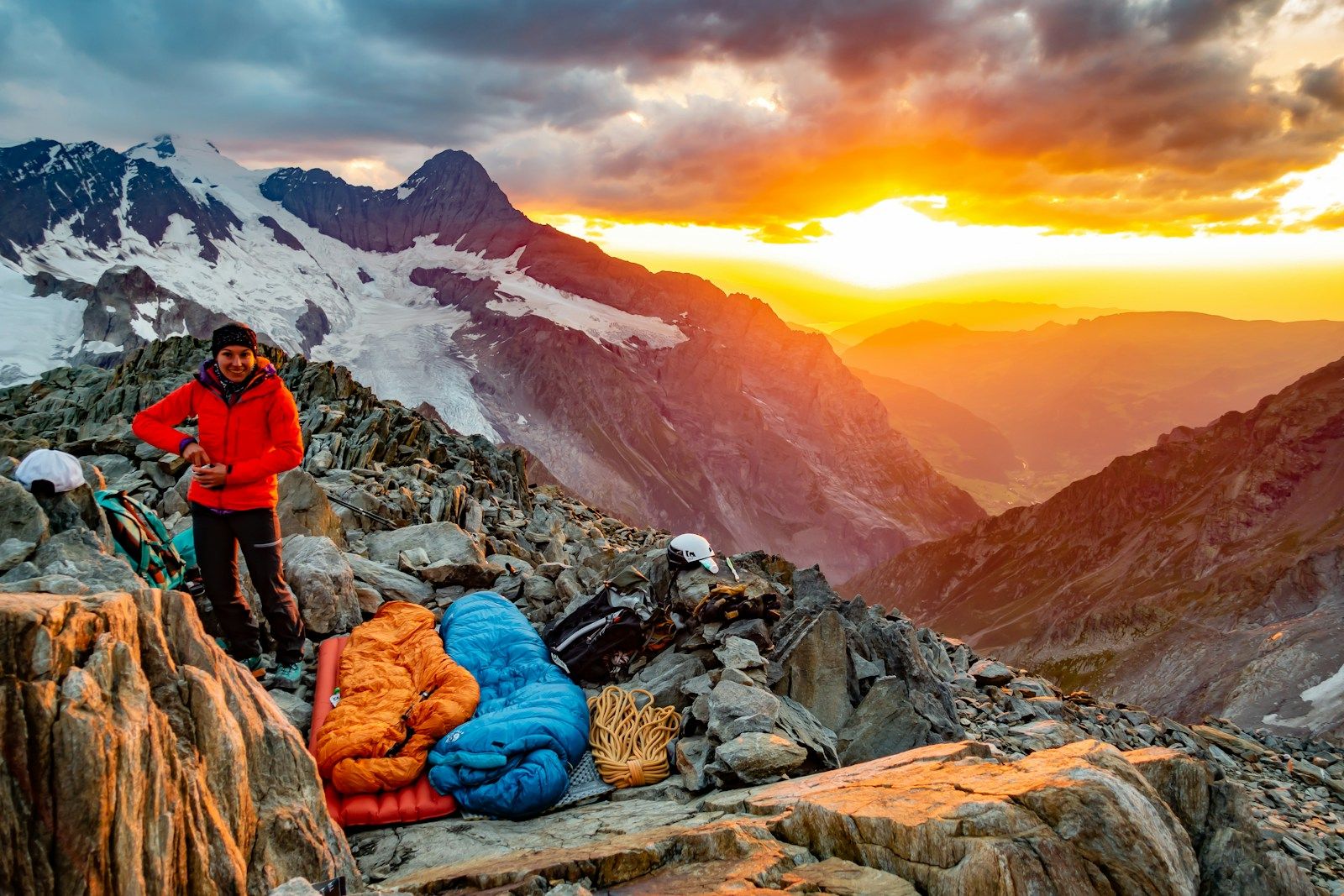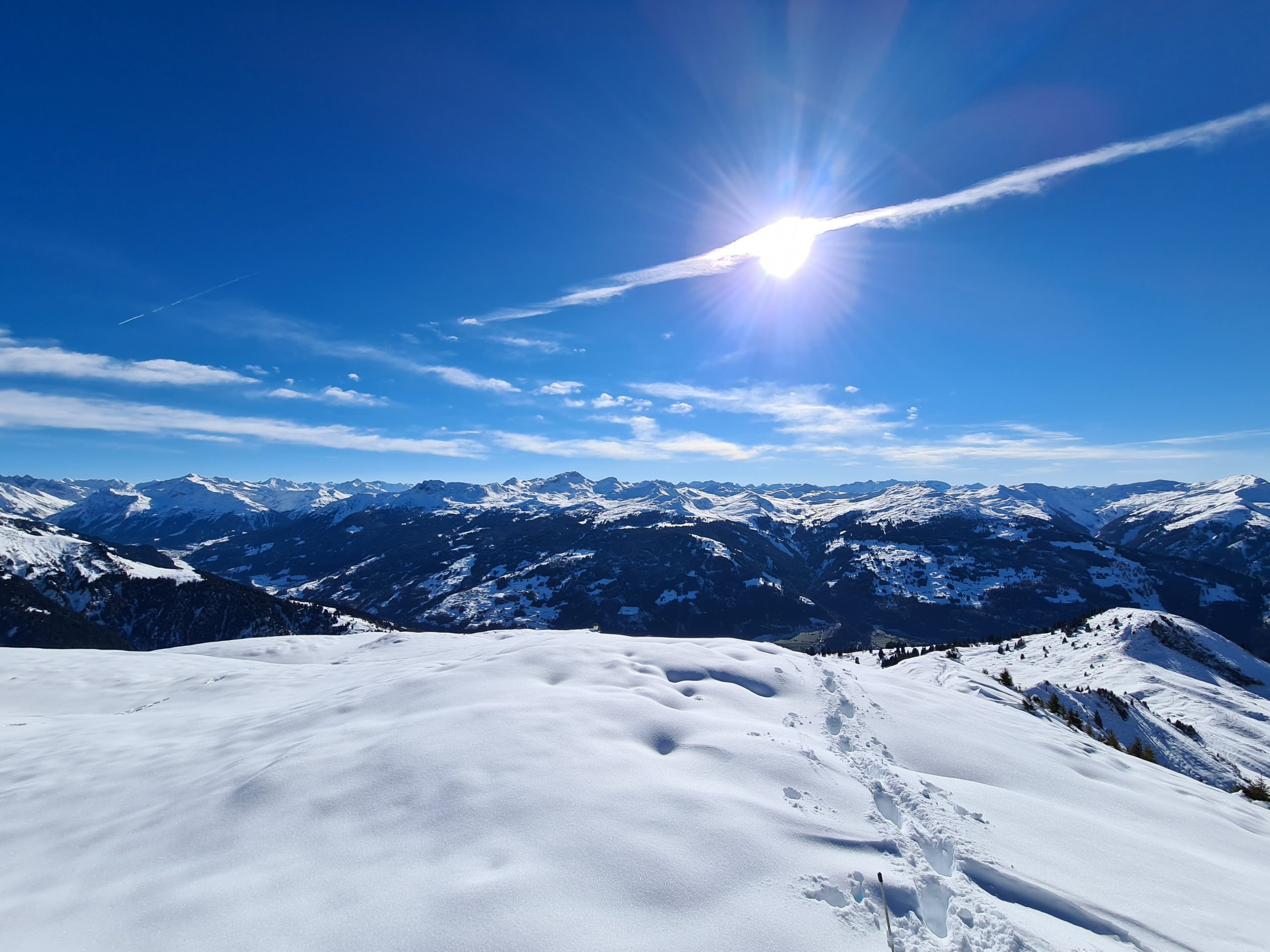The sound of ‘Wild Camping’ reverberates more freedom, adventure, challenge, solace…Quite enticing, right?
 Photo by: Dino Reichmuth
Photo by: Dino ReichmuthAre you ready to take camping to a whole new level?
If you have not tried wild camping yet, there are many factors that may cause you to worry especially if you are intending to go solo.
In this article, we’ll give you some valuable tips to help you ease some of these worries and get you started with your wild camping experience.
What is Wild Camping?
Wild camping is setting up camp beyond the established campsites and pitching your own somewhere in the wild. This adventure offers a more pure and profound experience with nature.
Wild Camping 101: Principles
In normal camping, where the rules and locations are set, wild camping entails more responsibility and mindfulness. The freedom that comes with this incredible adventure does not lie in undermining or ignoring the outdoor recreational rules/ restrictions that we all should follow. Rather than the freedom enjoyed in wild camping is the adventure beyond the fixed resources and defined parameters experienced in a normal camping site.
This being said, wild camping actually requires more preparedness, diligence, and responsibility to make sure that you don’t break any laws, lessen your impact on the environment, and avoid danger.
Here are a few principles to guide you become a more responsible adventurer:
Leave No Trace
A common rule that applies when you are outdoors in nature. Being deep in the wild doesn’t mean that you are in public land. Respect the property you are in at all times. Limiting disruptions to the ecosystem and the wildlife is our responsibility towards our future and our environment.
Respect Nature and the Wildlife
Wild camping is unpredictable. But it does not mean you shouldn’t be heedful of things, especially the animals in the vicinity. Survey the area you plan on camping for nests and dens. If you find a number of them within 100-200 meters, it’s best to find a different spot. Doing so will give the animals peace and will make them less aggressive or protective – so you’re also lowering the risk of being attacked. You are there to be one with nature; the less disruptive you are, the better things will be for everyone.
Choose Ideal Campfire Sites
Use existing fireplaces. If you have to build one, find a clearing. Never build a campfire where there is potential for forest fires. So always check the surroundings before you light anything. That means no bushes, dry leaves, and grass around the campfire within a 10-meter radius. There should be no branches above the fire, and it should be protected from gusts that may spread the embers. Furthermore, you should never leave the fire unattended.
Click here to know the types of campfires and how to build one.
Arrive Late, Leave Early
It is best to stick to this wild camping etiquette to lessen your impact on your surroundings. Plan properly and arrive at your intended campsite shortly before dark. Avoid passersby by packing up early the next morning.
Defecate Responsibly
Photo by: Denny Müller
Part of the ‘Leave no trace’ policy that we all try to adhere to is to be responsible when pooping out in the wild. None of us wants to encounter soiled toilet paper and improperly buried/ disposed of human waste when walking in nature. You should always go to the toilet at least 50 meters away from water sources, trails, or campsites. . Also, dig a hole for your excrement below the ground if you can. Once done, bury it with the dirt you’ve dug out so no one steps on it and spreads possible diseases; you avoid polluting water sources, and you maximize the speed of decomposition. Try not to bury or leave used toilet paper. Keep them in a sealed bag and dispose of them in properly designated bins or when you get home or burn it when you make fire. If you have no other choice than to leave it behind, it will degrade quite quickly but you should put it under a stone or something heavy to prevent it from flying away.
Wild Camping 101: Equipment
As we’ve mentioned above, wild camping and camping are pretty similar with only one difference, the environment. So we’ll be listing tools that we find more useful in the wild, which means ditching those that are only beneficial at eco-friendly campsites. Our priority is to keep you light and mobile without compromising convenience – bare essentials that will definitely keep you alive.
Camping Knife
The most important tool on this list is a knife. With a good camping knife, you will pretty much survive the wild without anything else. You can hunt and prepare food with it, create other tools, build a shelter, chop firewood…
Map and Compass
GPS and hiking apps are great and make navigating in the wild more convenient. But when batteries and coverage fail your devices, going back to the basics will save you big time. Know how to use the map and compass.
First Aid and Toiletries
When going deep into the wild, you should keep yourself healthy and hygienic as much as possible. Prepare your toiletries such as soap, shampoo (or just use soap), toothbrush, and toothpaste in a dedicated bag. Keep things light by bringing supplies that are just enough for the duration of your trip. A small first-aid kit with sterile wipes, rinse solutions, pain meds, and adhesive bandages should do the trick.
It’s important to review your first-aid kit before starting your journey. Familiarize yourself with its contents by heart, so it’s easier for you to get what you need in case of an emergency.
Bivouac Sack, Tent, Tarp or Hammock
Next would be your shelter of choice. If you’re going solo or with a couple of campers for only a night or two, it’s best to opt for a bivouac sack (bivy). It’s compact, easy to set up, and weighs less than 300 grams! However, you should also consider the weather, environment, and if you’re claustrophobic.
If you’re a couple or plan on camping longer than two days with a more challenging environment (snow), a tent would be a better option. Not only does it free either you or your partner of its weight, allowing you to carry more tools, but it also provides more room for you to prepare for the next day without getting outside of the shelter.
If you have the creativity and know-how and you want to save even more real estate, a tarp and/or a hammock are your best options. It’s compact, light, and even has bigger coverage. However, it’s a bit trickier to set up.
Fire Starter
Yes, you can start a fire without any tool, but that’s going to be tough and exhausting. So why not bring a fire starter that works best for you. You can opt for a lighter, a match, or a fire striker. All of them have their pros and cons. Just pick which one works for you best and most comfortable using.
Stainless Steel Water Bottle
A water bottle is essential when in the wild as it allows you to store and collect water from water sources. For more convenience, go for a stainless one as you can use it to boil water for consumption and sterilization.
Camping Cooking
You can always forage or hunt your food, but make sure that what you eat will not make you sick. Cooking your food, especially the foraged one makes it safer for you to eat. Carry a portable stove and some basic cooking utensils, such as a pan that doubles as a plate, chopping board and lid, knife, and a spork.
Energy Bars
Most new to camping often disregard the power of energy bars and nuts. In wild camping, it’s actually a must. There’s no guarantee that you can forage for food right away, and when you lack energy, the chances of getting your food are even lower. Packing some healthy energy bars and/or nuts will solve this issue with ease. They’re super light and won’t take a lot of space, and you can eat them while on the go without any preparation at all.
LED Light
Lastly, we strongly recommend bringing a LED light of any sort – a flashlight, a headlamp, or a lantern. Pick any of these that you’re most comfortable with. Things can go dark pretty easily, having an immediate light source can be a lifesaver, especially if you lost track of time and forgot to pitch the tent. Though, do not forget to enjoy the lack of light pollution by turning off your torch and letting your eyes adjust to natural conditions.
Again, this list is just for bare necessities for survival. We think these should always be in your camping bag, and you’ll instantly have a better experience compared to lacking any of these.
Important Reminders
Wild Camping Sites
Plan your route and your wild camping sites before you embark on your trip. It lessens unpredictable and uncomfortable situations thus, resulting in a more enjoyable wild camping adventure.
The rules for wild camping in every country vary. Check before you go to make sure you are not breaking any laws.
If you find yourself in unsure situations, it is better to either find an official designated campsite. You can also knock at people’s doors, talk about your adventure and ask if you can put up your tent on their property
In Switzerland:
Wild camping is allowed only in non-protected areas. It has to be in the mountains, above the treeline. You are not allowed to wild camp in nature reserves, wild rest zones, and other protected areas. Here is a map of Switzerland with protected areas highlighted that you can use as a guide.
Micro Wild Camping Trips
Short trips to somewhere close to your home will be ideal for starting your wild camping experience. Doing so will expose you to real-time factors involved in this adventure like safety, equipment that you need, and even simple things like getting used to the sounds of your surroundings at night. In case something goes wrong, it is easy for you to turn back home.
Weather
Before heading out, check the weather. There are many helpful apps that will enable you to keep track of weather changes while you are outside. This is very important as it affects many areas of your wild camping adventure.
Inform of Your Whereabouts
An important part of wild camping 101 is toinform someone of your destination, your route, who you are with, and your expected date/time of your return.
Live the Wild!
Go through your wild camping 101 checklist, get oriented and be prepared. As daunting as it feels to go on your first wild camping trip, this activity is ultra rewarding. Wild camping is a genuine way of reconnecting with nature. It is an experience of peacefulness and simplicity and probably the closest definition to roaming wild and free!





